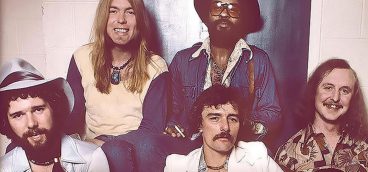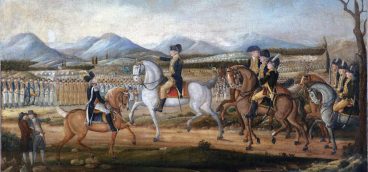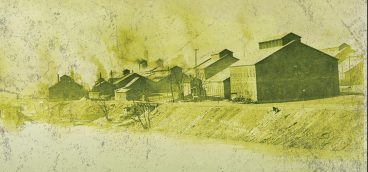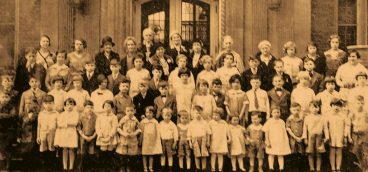From Basket Ball to the NBA
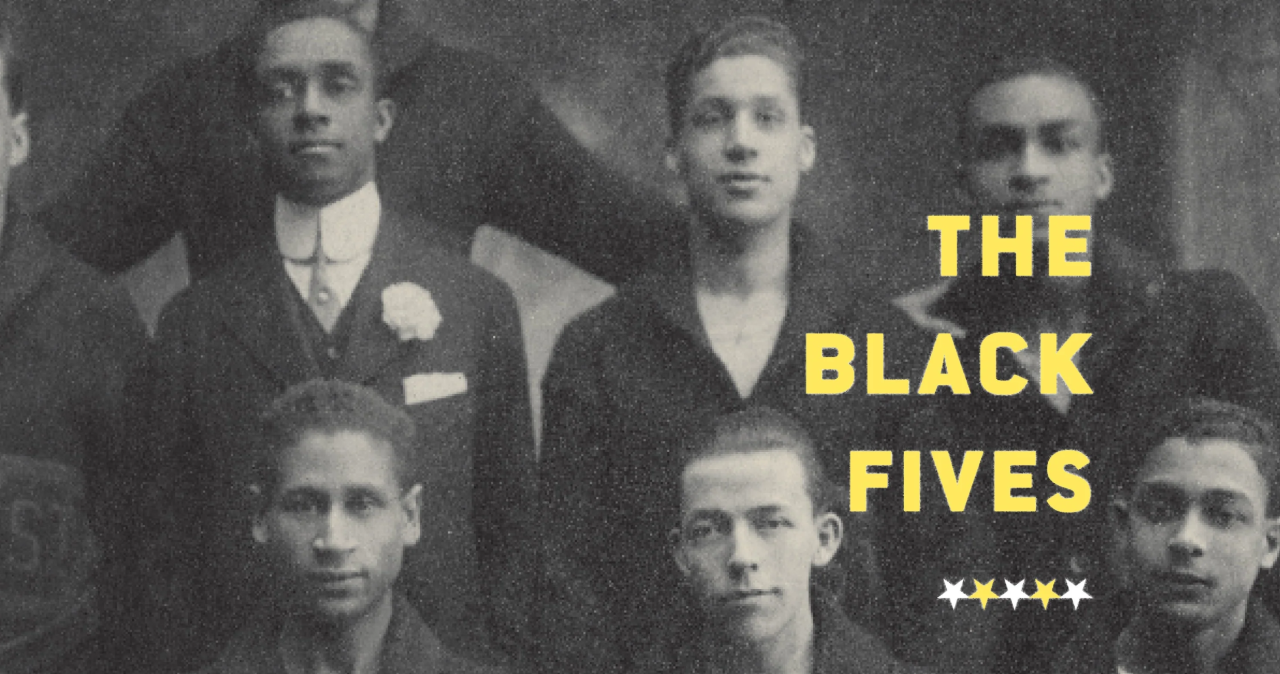
While the debate over Pittsburgh’s status as a basketball town continues on barstools and radio waves across the region, what’s been settled by Claude Johnson, Carnegie Mellon University grad and author of The Black Fives: The Epic Story of Basketball’s Forgotten Era, is the important role that a black player from Homestead, once a “basket ball foundry,” played in its professional development since the sport’s invention in 1891. Today, 30 NBA franchises are collectively worth $90 billion and the game’s gone global. This is a book that’ll leave even casual fans fascinated by the visionary talents of black men such as New York City’s Will “Little Napoleon” Madden, Bob Douglas, and Homestead’s Cumberland Posey Jr., who evolved the sport into a cultural touchstone from its beginnings in “Christian muscularity” and a way to keep kids busy during winter.
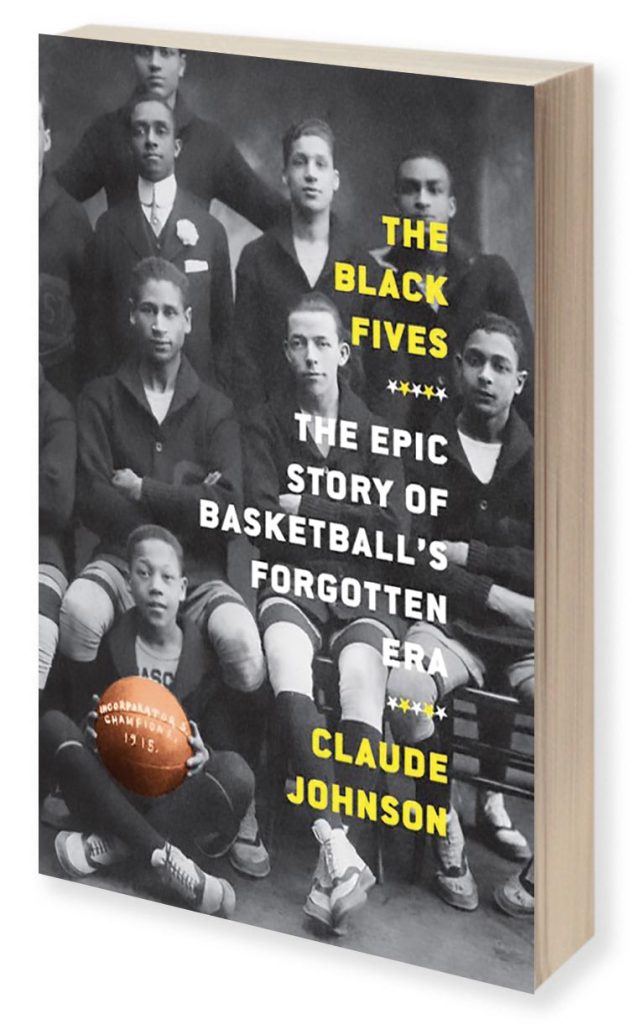
The Epic Story of Basketball’s Forgotten Era
by Claude Johnson
Abrams Books, $30.
Johnson has clearly crafted The Black Fives out of a labor of love as engaging, encyclopedic writing, rich with historical perspective that spans 426 pages. What’s effective is how he weaves the intersectionality of race into discussion of education, labor, and urban growth. The fact that African American workers were largely excluded from the labor movement spreading through heavy industry, which led them to be used as management pawns when strikes broke out, is evident in the player-centric thinking of innovators such as Posey, tops in the game during the early 1920s, used to develop dominant, championship winning teams such as the Hill District-based Loendi Big Fives.
Posey remains a singularity — inducted into both baseball and basketball Halls of Fame. He owned the Homestead Grays, which featured some of the best players to ever take the diamond. That he had a long-lasting friendship with “The Chief” Art Rooney while at Duquesne University says much about the nature of Pittsburgh, where influential circles can overlap. That Posey was one of the first to emphasize the long-range shot might be surprising, but his challenging the status quo of players being required to maintain amateur status should be common knowledge among the NBA, where a strong union has increased average player salaries to $9.5 million. Johnson also emphasizes how the standardized playing surface, huge arenas where music and dancing are encouraged, free giveaways, as well as the prevalence of alcohol and gambling, developed into the modern-day “entertainment complex.” With uniforms becoming a point of pride, and footwear made of kangaroo leather allowing for more effective play, this helped to pave the way for sportwear’s modern-day ubiquity.
In short, The Black Fives stands as a crucial text that properly recognizes men such as Posey and Madden who “took a game once played in church basements, renovated handball courts and cramped gymnasiums … and brought it to a stage of national glory.”



